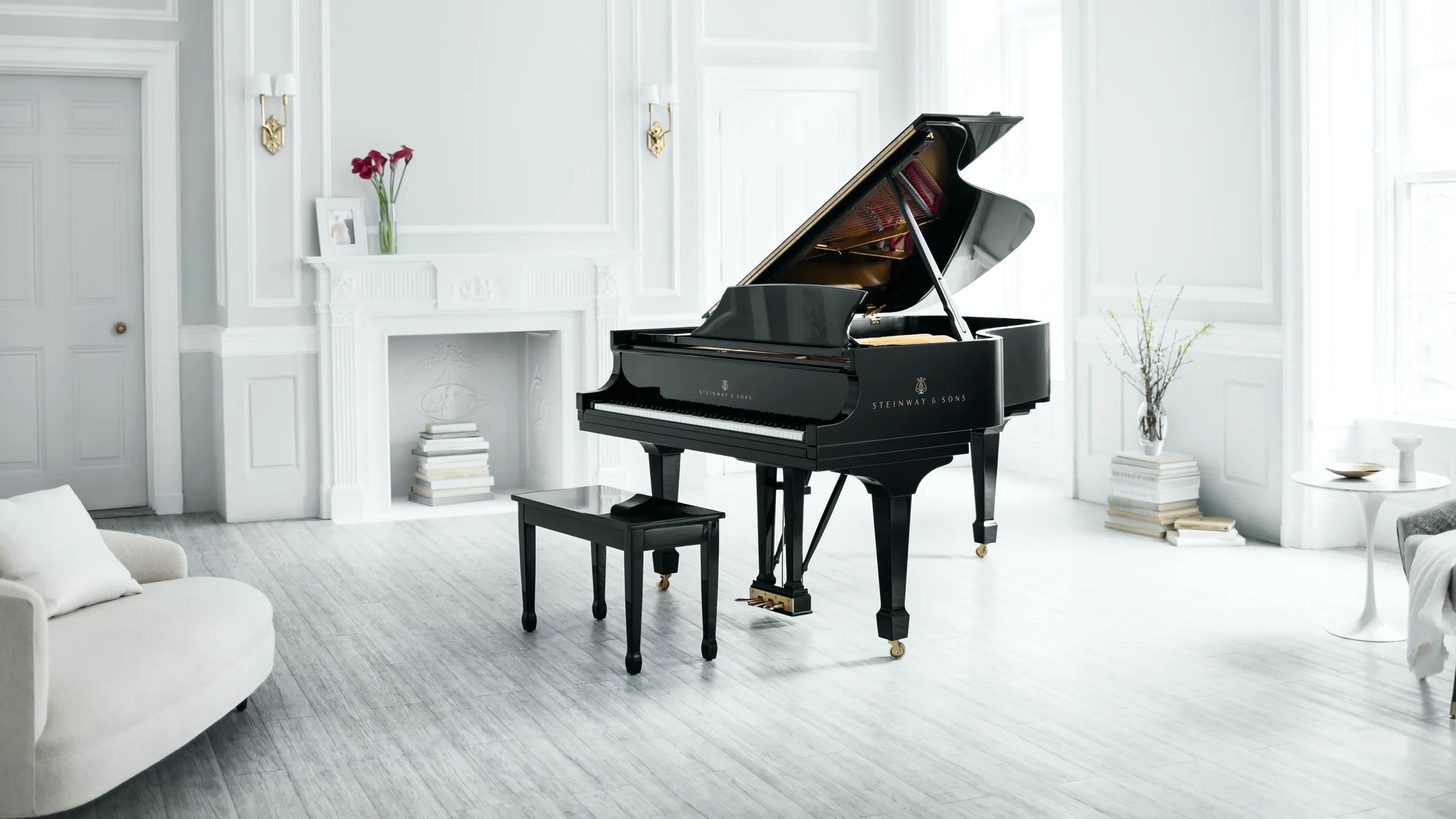Most of us intrinsically understand the importance of dedicated spaces for dedicated pursuits. Even in the age of open concept, we still tailor the different areas of our spaces to be useful for specific purposes. If we’re fortunate enough to have a garage, we don’t park our cars in our living rooms, and organization within these spaces, as well as a matching aesthetic, are often key to making them useful. Even if the space needs to have multiple purposes, to make it useful, we’ll furnish it in such a way to serve our needs, or the space, and even our furniture becomes a compromised master of none.
Optimizing different spaces with purpose built furniture allows us to focus better on the task at hand, assuming the space is organized for that task. There’s a saying that a cluttered space is indicative of a cluttered mind, and there’s actually a lot of scientific research backing that up. Decluttering and simplification didn’t just become a fad because of a book and Netflix series, it’s part of an overall renewed focus on mental health. Clutter can affect our sleep, anxiety levels, and our ability to focus.
Here’s a snippet of what clutter can do to us.
- Our brains like order, and constant visual reminders of disorganization drain our cognitive resources, reducing our ability to focus.
- The visual distraction of clutter increases cognitive overload and can reduce our working memory.
- Clutter can increase cortisol levels, leading to depression, anxiety, and worse sleep.
- A chronically cluttered home environment can lead to a constant low-grade fight or flight response, taxing our resources designed for survival.
This is just living life, we’re not talking about any kind of clarity required for a creative pursuit, and while a bit of controlled chaos can be very helpful in spurring bouts of creativity, living life in that chaos or never forming something organized out of it to fruition can just add to the stress.
Gear everywhere and cable spaghetti is not only visually ugly, it can be an active impediment to us using our creative space to its full potential. Having something purpose built to help with organization for specific workflows as well as putting gear where it needs to be within the actual measures of man, without compromising ergonomics for non production workflows can only help with our creativity.
In this upcoming series, we’re going to explore how we went about designing gear to declutter studios, helping to organize our actual minds to focus on the specific workflows of music production. This will be in parallel with our series on user stories, but will get more into the actual measurements and ergonomic choices we made in design based on well studied human measurements. We didn’t create a desk for you to type on, we created a desk for you to write a musical masterpiece on, in both ergonomics and aesthetics, because we also realize that beauty begets beauty.



